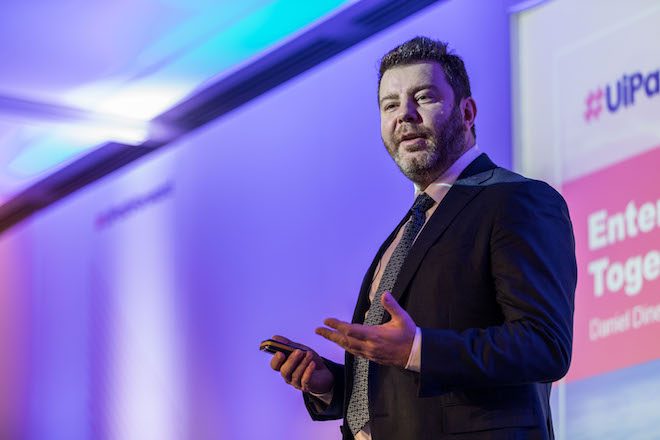UiPath, a leading enterprise automation company, has today announced financial results for its second quarter of fiscal 2023, ended 31 July 2022.
With growth sitting at 44 percent year-over-year, the total ARR for the automation vendor has surpassed the $1bn mark, after an increase of $66m net new ARR this quarter.
Revenues for the firm increased by 24 percent year-over-year in Q2, bringing in $242.2m, while non-GAAP cash flow was negative $23.3m.
Cash, cash equivalents, and marketable securities were $1.7bn as of July 2022.
“We delivered a solid second quarter fiscal 2023 despite increasing FX headwinds and macro uncertainty. While our global footprint is an asset to the business, it exposes us to foreign exchange and macroeconomic volatility which is reflected both in our fiscal second quarter results and our fiscal third quarter and full year 2023 financial outlook,” said Ashim Gupta, UiPath chief financial officer.
“Our go forward priority will be to balance investing for long-term growth while managing the business to consistently expand non-GAAP operating margin and deliver sustainable positive non-GAAP adjusted free cash flow in fiscal year 2024 and beyond.”
Projections for the full fiscal year is an ARR of approximately $1.15bn as of January 2022, with revenue estimates of around $1bn. Meanwhile, non-GAAP operating losses are expected to be around $15m.
“We are pleased to report achieving this important milestone in just seven years. I am proud of the company we have built and our unwavering commitment to innovation including the upcoming platform release, 2022.10, which we will unveil at our user conference, FORWARD 5, later this month,” said Daniel Dines, UiPath co-founder and co-chief executive officer.
Robert Enslin, UiPath co-chief executive officer, added, “The market is evolving and UiPath is leading the way with our end-to-end platform that covers the full automation lifecycle. To capitalize on the significant opportunity in front of us we are strategically repositioning the company to elevate customer conversations, sell business outcomes, and help organizations realize the transformational benefits of automation.”



